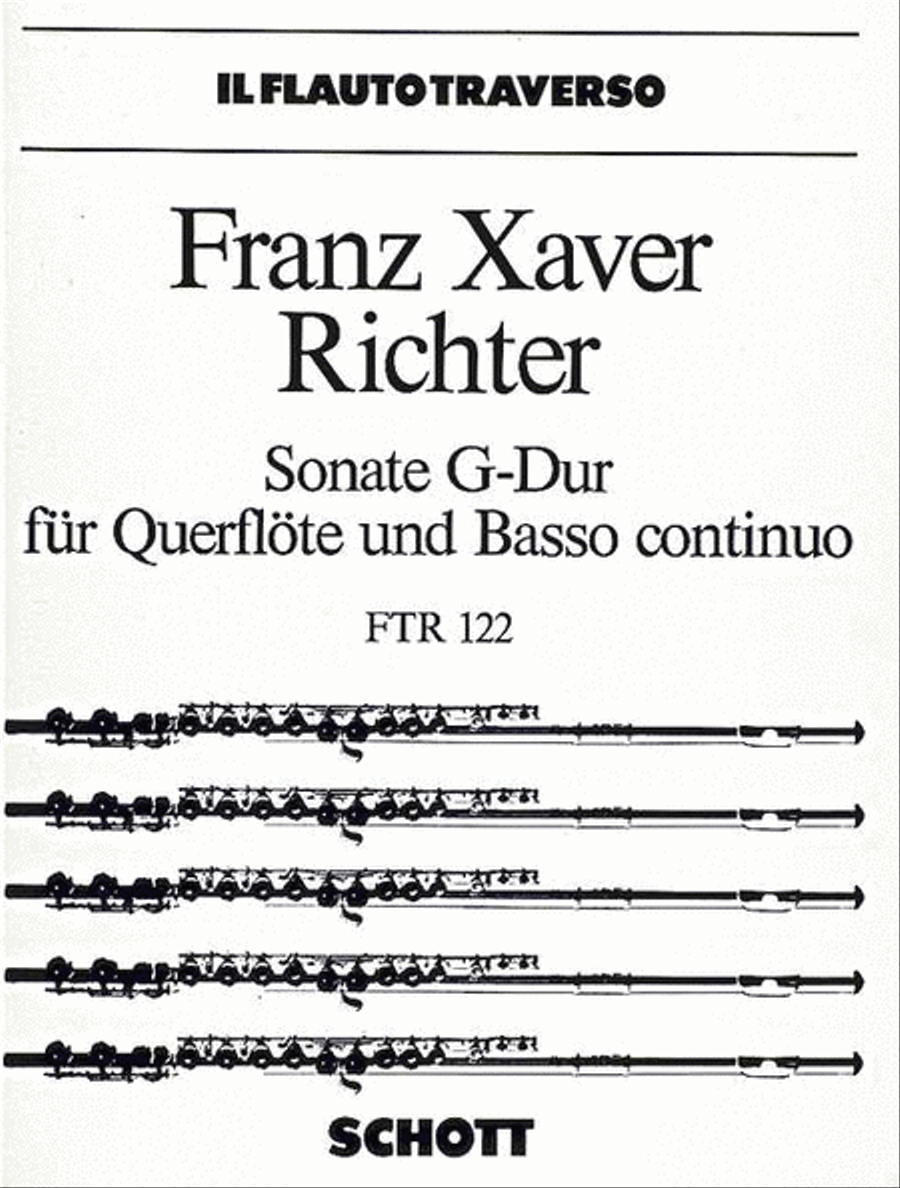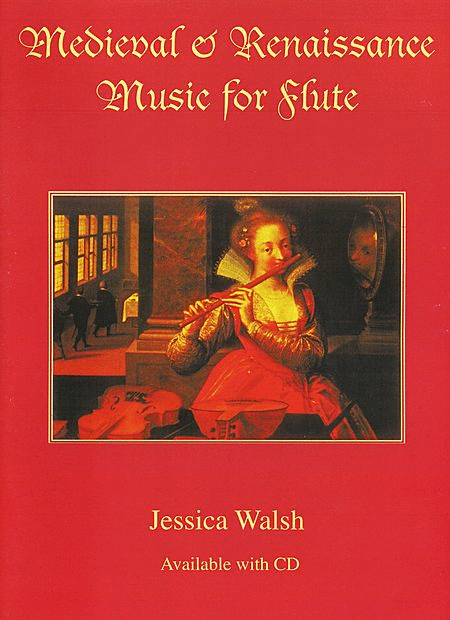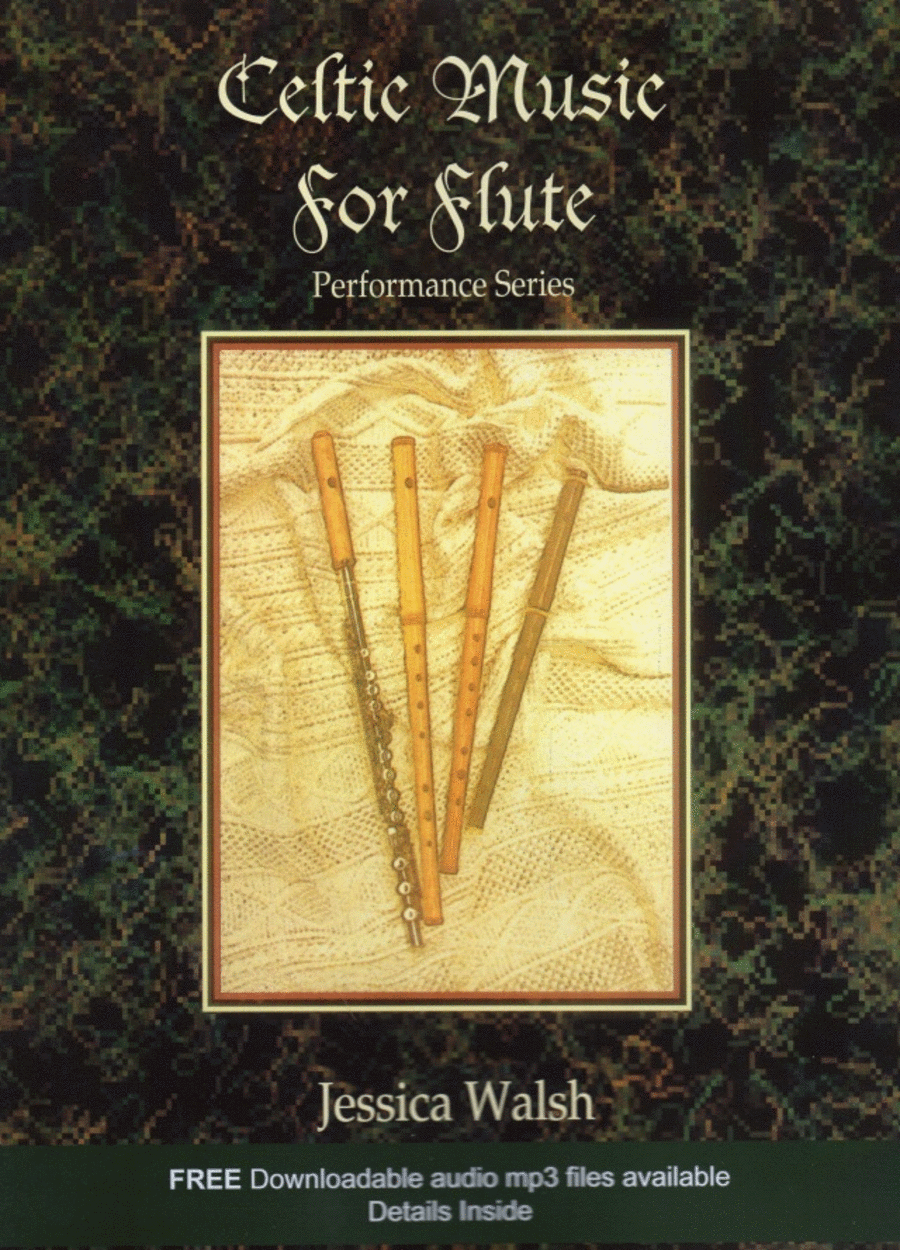
John Walsh (1665 - 1736)
 Royaume-Uni
Royaume-Uni
 Royaume-Uni
Royaume-UniJohn Walsh (1665 or 1666?1736) was an English music publisher of Irish descent, established off the Strand, London, by c. 1690. He was appointed musical instrument-maker-in-ordinary to the king in 1692.
Walsh began publishing music in 1695, at which time he had few rivals in the trade. The firm established by John Playford in 1647 was in decline under his son Henry, and Thomas Cross was more involved with engraving than publishing. Walsh took advantage of this situation, and soon his firm was ... (Read all)
Source : Wikipedia
Walsh began publishing music in 1695, at which time he had few rivals in the trade. The firm established by John Playford in 1647 was in decline under his son Henry, and Thomas Cross was more involved with engraving than publishing. Walsh took advantage of this situation, and soon his firm was ... (Read all)
Source : Wikipedia
FREE SHEET MUSIC FLUTE
- Light
Active criterias:
Search on #FLUTE
| |||||||||||||||











 SHEET MUSIC
SHEET MUSIC